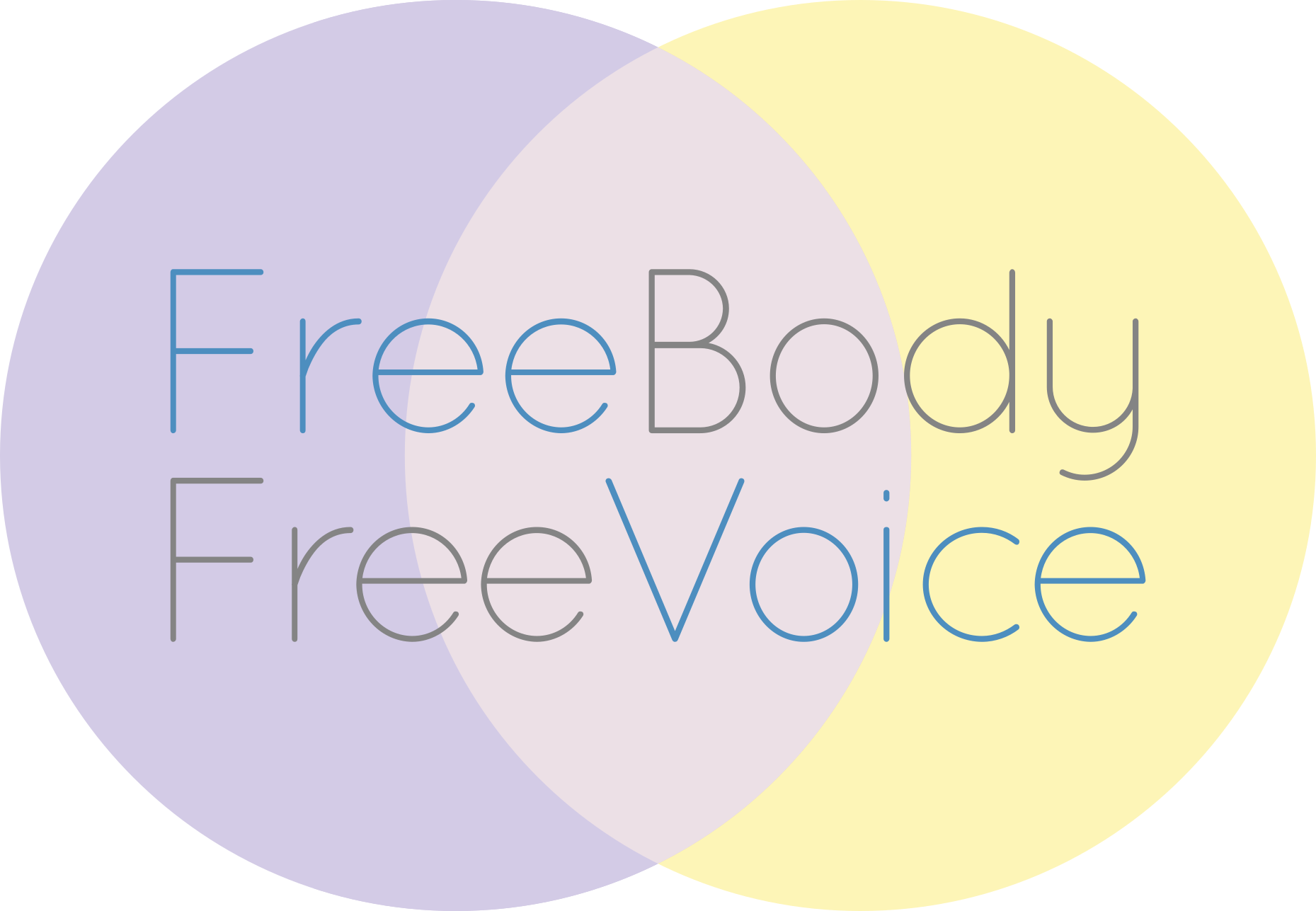Blog Lesson: How much curve should there be in my low back?
My reader Emily posed this question:
I have a tendency to over-arch my lower back (banana back). Is there a way to think about sitting that could address that?
First off, Emily, I love your fruity nomenclature for this common problem. It's especially brilliant because it covers both possibilities for misusing the low back by over-curving, depending on how one's banana is oriented. Do you, blog reader, ever find yourself alternating between these two extremes in sitting: 1) sitting up rigidly straight (with a concave curve in the lower back) and 2) collapsing into a slump, with the low back curve reversed?
We're going to address this problem, but not by thinking about the low back in isolation. As you have probably already figured out, trying to put your low back into good alignment doesn't really work all that well. It may even cause you pain. So we're instead going to see how the low back fits into a whole-body pattern of movement choices, which include both orientations of the banana:
) and (
: - )
In the last blog lesson, we began to explore this whole-body pattern by linking up the movement of the head and neck with that of the shoulders. Here's a review of that exploration, which you might want to try out a couple of times before reading further:
Let's tune in to what I call "continuums" in the body: ranges of possible movement within which no choice is right or wrong, as long as you don't get stuck in a particular part of the range. We're going to explore the continuum of shoulder position: from completely slumped forward to pulled together in the back.
While sitting in a chair, notice how your shoulders tend to move as you shift your gaze slowly down to your upper chest. Did you find that as your head moved forward and down, your shoulders rolled a bit forward too? And if you let your gaze float up to the ceiling, do your shoulders open back up as your eyes and head move up? Do both phases several times until you begin to understand the relationship between gaze/head position and shoulder position.
In this blog lesson, we're going to link up the movement of the hips and low back with the pattern. Again, sit in a chair. (Sit halfway forward so there is room between you and the back of the chair, with your feet flat on the ground a bit wider than your hips. Your hands can rest on your thighs.) Now let your gaze shift slowly to your upper chest; your head and eventually your neck and shoulders will curve forward. Your hips can participate in this pattern too, as long as you are not holding them. If they are not moving, you may have to purposefully do it at first: roll your hip bones back towards the back of the chair as your head goes forward. When this is all working nicely, you will find yourself all curled up in a fetal curve...a C-shaped curve...a banana, if you will. (This is the reverse of the banana that started this discussion!)
You are now looking at your upper chest. Begin to shift your gaze upwards, letting head, neck, shoulders, and hips return toward their starting positions. If you look as far up as the ceiling, you will find your back in the reverse curve from the fetal curve...a backwards banana. As you return your gaze to forward/neutral, let your hips adjust along with your head. You may have to encourage them to move (backwards) at this point to avoid getting stuck in the concave banana curve.
Here is a video of me 1) taking myself into fetal curve (also known as primary curve), 2) taking myself into the opposite curve (secondary curve), then 3) finally allowing the integration of both curves into a comfortable upright posture. I perform this sequence here twice, first with hands palms-down, and then with the variation of palms-up:
Try this for yourself, going through the entire sequence slowly and with awareness 3 times. Try both hand variations, which have different benefits. If you have a big mirror, set yourself up so that you can look at your side view from time to time. It is often interesting to see how different a posture looks from how it feels.
If you are participating in this blog lesson, write 3-5 sentences about your experience in the comments below. I will respond and give you suggestions for further exploration. We can repeat this process any number of times as you develop your self-awareness and skill in moving.
Don't forget to have fun!
